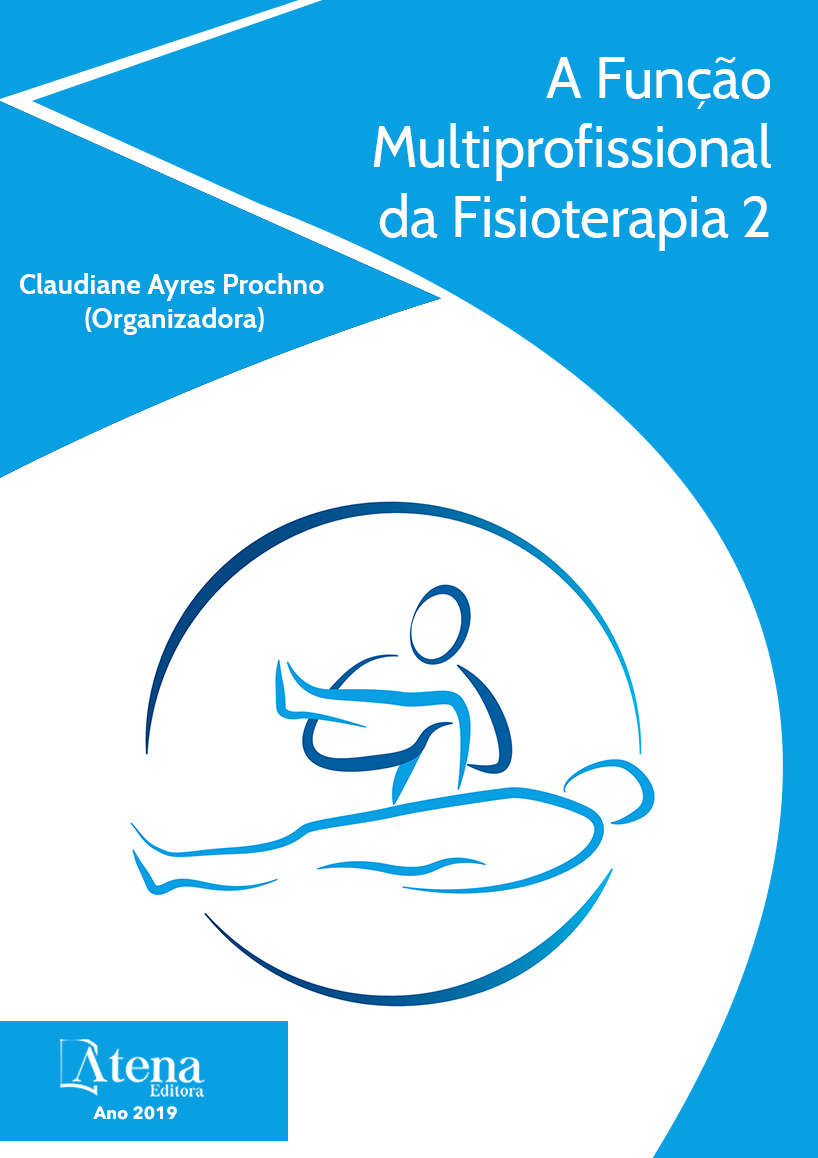
EFICÁCIA DA INTERVENÇÃO FISIOTERAPÊUTICA NA RECUPERAÇÃO DA FUNÇÃO ERÉTIL PÓS-PROSTATECTOMIA RADICAL - ESTUDO CLÍNICO RANDOMIZADO
Proposta: O câncer de próstata
é o tumor sólido mais comum em homens.
A prostatectomia radical é importante forma
curativa dessa doença, mas tem como uma
das complicações mais temidas a disfunção
erétil. Estudos prévios demonstram ação
da fisioterapia como forma de tratamento
dessa complicação, mas sua real importância
ainda está por ser definida. Neste artigo foi
proposta a avaliação da fisioterapia através de
exercícios para reabilitação do assoalho pélvico
e através de eletroestimulação no tratamento e
reabilitação precoce da disfunção erétil após
a prostatectomia radical. Materiais e métodos:
Estudo clínico randomizado e controlado
comparando três grupos: observação (G1),
exercícios domiciliares do assoalho pélvico (G2)
e eletroestimulação anal (G3). Os pacientes
foram avaliados no pré-operatório e com 1,
3, 6 e 12 meses após a cirurgia através da
perineometria (avaliar força do assoalho pélvico),
eletromiografia (registro elétrico da atividade
muscular) e o IIEF-5 (Índice Internacional de
Função Erétil), somente o IIEF-5 foi realizado
até 24 meses após a cirurgia. Resultados: Os
grupos foram homogêneos quanto a presença
de comorbidades, estadiamento clínico e
preservação de feixes nervosos. A presença de
disfunção erétil no pré-operatório foi alta (62%
dos pacientes). Não houve correlação entre os
tratamentos fisioterapêuticos e a recuperação
da função erétil no pós-operatório. Conclusão: Não foi encontrado benefício da
intervenção fisioterapêutica precoce na recuperação da função erétil pós prostatectomia
radical nos primeiros 24 meses da cirurgia. No entanto, são necessários mais estudos
com maiores casuísticas para avaliar a eficácia dessa intervenção.
EFICÁCIA DA INTERVENÇÃO FISIOTERAPÊUTICA NA RECUPERAÇÃO DA FUNÇÃO ERÉTIL PÓS-PROSTATECTOMIA RADICAL - ESTUDO CLÍNICO RANDOMIZADO
-
DOI: 10.22533/at.ed.3451923105
-
Palavras-chave: Fisioterapia, Prostatectomia radical, Reabilitação do assoalho pélvico, Disfunção erétil.
-
Keywords: Physiotherapy, radical prostatectomy, erectile dysfunction, pelvic floor muscle
-
Abstract:
Proposal: Prostate cancer is the most common solid tumor in men.
A radical prostatectomy is important curative form of this disease, but it has one of
the most feared complications that is, erectile dysfunction. Previous studies have
demonstrated the action of physical therapy as a treatment for this complication, but its
real importance is yet to be defined. In this paper the evaluation of physiotherapy was
proposed by rehabilitation exercises for the pelvic floor and through electrostimulation in
the treatment and early rehabilitation of erectile dysfunction after radical prostatectomy.
Materials and methods: a randomized controlled clinical study comparing three groups:
observation (G1), home pelvic floor exercises (G2) and anal electrostimulation (G3).
Patients were evaluated preoperatively and at 1, 3, 6 and 12 months after surgery
by perineometry (assessing strength of the pelvic floor), Electromyography (electrical
record of muscle activity) and the IIEF-5 (International Index of Erectile Function).
Only the IIEF-5 was performed up to 24 months after surgery .Results: The groups
were homogeneous regarding the presence of comorbidities, clinical staging and
preservation of nerve bundles. The presence of erectile dysfunction preoperatively
was high (62% of patients). There was no correlation between the physical therapy
treatments and the recovery of erectile function postoperatively. Conclusion: No benefit
was found of early physiotherapy intervention in the recovery of erectile function after
radical prostatectomy in the first 24 months after surgery. However, more studies with
larger cases are needed to evaluate the efficacy of this intervention.
-
Número de páginas: 24
- Wesley Justino Magnabosco
- Carla Elaine Laurienzo da Cunha Andrade
- Eliney Ferreira Faria
- Mônica de Oliveira Orsi Gameiro
- João Luiz Amaro
- Hamilto Akihissa Yamamoto
- Fernanda Jabur


